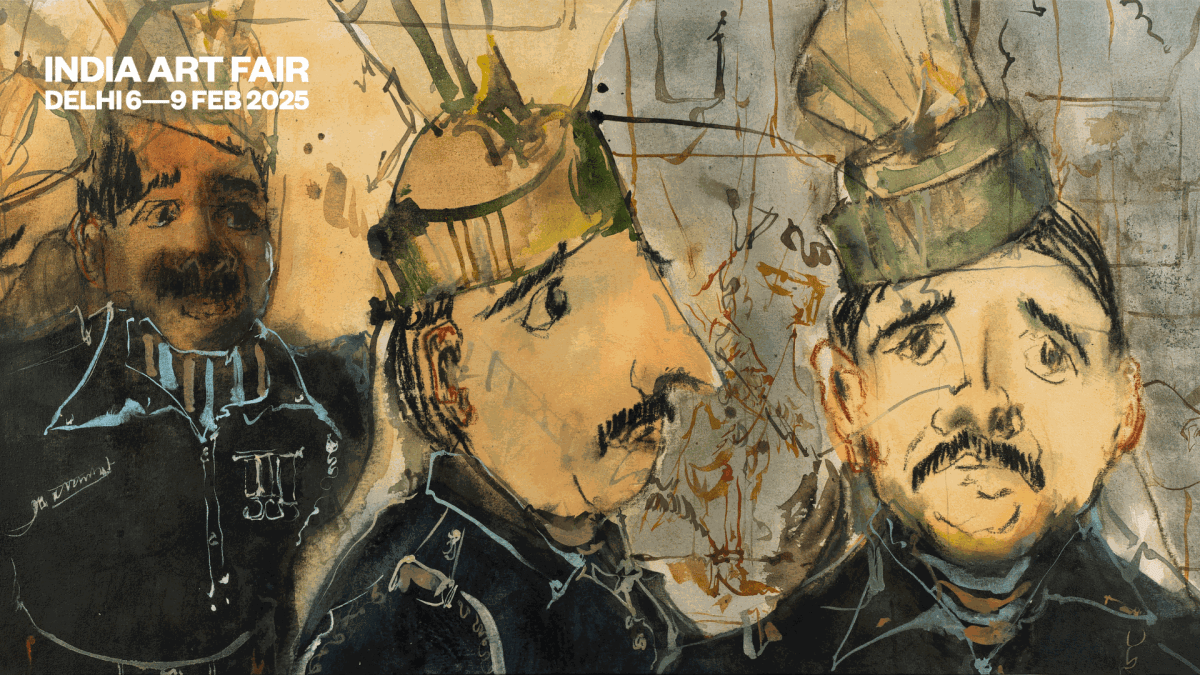Anirudh Shaktawat
Anirudh Shaktawat (b.1999, Ahmedabad, India) lives and works in the Southern Aravalli Ranges of Rajasthan, India. Shaktawat holds a BFA with Distinction from The School of the Art Institute of Chicago.
Shaktawat’s work is materially reflective of its locus. The Southern Aravalli ranges have some of the highest peaks in the entire mountain range. The co-occurrence of abundant natural resources and destructive extraction is predestined under the Anthropocene1. The Aravallis are rich in minerals and are, therefore, heavily mined. In Shaktawat’s work, he uses the byproducts of local industrial processes such as slag2 and marble slurry, thereby entangling the work with the land.
Materials are often used by artists to create an image for the viewer to consider; the image being, the vehicle for the message. In Shaktawat’s work, the inverse occurs; images are used to facilitate a conversation about the materials. What does a material tell us in and of itself, about its natural and industrial history? All of Shaktawat’s imagery draws from personal, regional encounters, ranging from the painted walls of Dungarpur Juna Mahal to the horizon line of a blue sky. In some cases, the imagery we see in the work is figurative, and in others, it is simply representational - such as, rendering the surface of a marble slab.
Shaktawat’s work complicates traditional interpretations of what defines painting and sculpture. He frequently engages with the concept of the ‘Picture Plane’, that is - the idea of a painting not being about its physical surface but about an imaginary one. The Picture Plane is generally equated with a window separating viewers from the image. Shaktawat applies this concept not just to painting but to sculpture as well. The outcome being - paintings exploring depth and sculptures exploring flatness.
The work cuts across moments in art history. Modes of depiction in classical antiquity such as fresco and stone sculpture, are simulated using modern production techniques to create Trompe-l'œil3. Veins of thinking from Arte Povera4 - a movement that disavowed the usage of expensive, classical materials - are brought into a contemporary context; Shaktawat creates the appearance of these classical materials using their scraps instead.
Shaktawat’s body of work explores the web of connectivity between histories of art, industry, architecture, and nature.
1 Anthropocene - The Anthropocene is a proposed geological epoch dating from the commencement of significant human impact on Earth's geology and ecosystems, including, but not limited to, human-caused climate change.
2 Slag - A by-product of smelting ores and recycled metals. Slag is mainly a mixture of metal oxides and silicon dioxide.
3 Trompe-l'œil - An artistic term for the highly realistic optical illusion of three-dimensional space and objects on a two-dimensional surface. Trompe l'œil, which is most often associated with painting, tricks the viewer into perceiving painted objects or spaces as real.
4 Arte Povera - Three-dimensional art made from everyday materials.Exploring, the associations evoked by humble cement, twigs or newspaper in contrast with traditional sculptural materials of stone and metal. Traces of nature and industry appear in the work.
-

floor/wall
Chemould CoLab | Anirudh Shaktawat 24 Nov - 23 Dec 2023Anirudh Shaktwat’s practice is based in the Southern Aravalli ranges of Rajasthan where he lives and works. This is an area heavily mined due to its rich mineral content. It...Read more -

Continuum (after Jitish Kallat)
60 Years of Gallery Chemould | Group Show 14 Sep - 18 Nov 2023To celebrate the 60th anniversary of Chemould Prescott Road, we are delighted to present an exhibition titled 'Continuum' (after by Jitish Kallat) featuring 10 emerging Indian artists, opening on Thursday,...Read more








